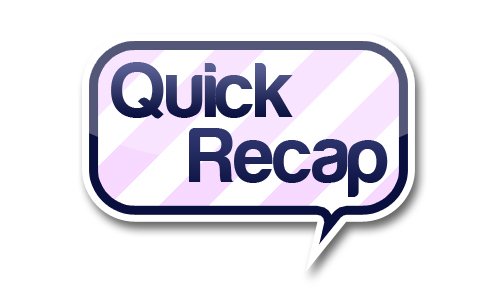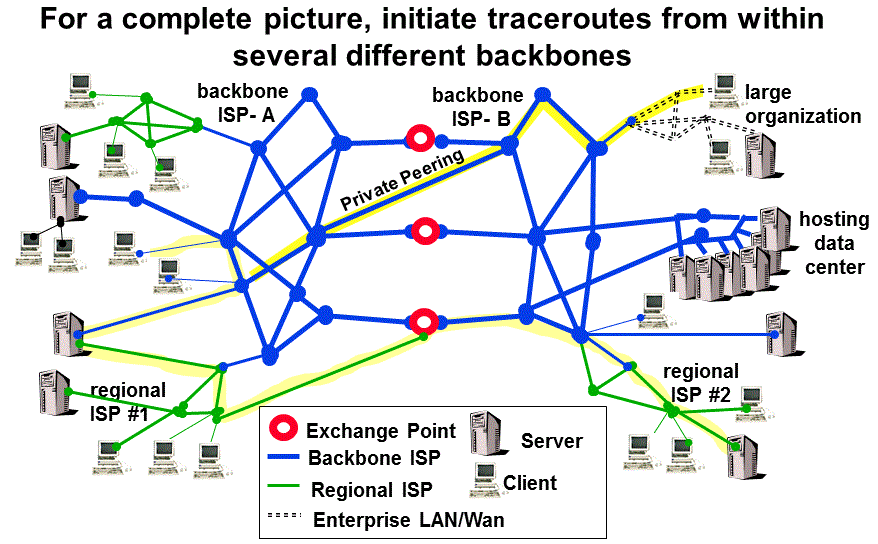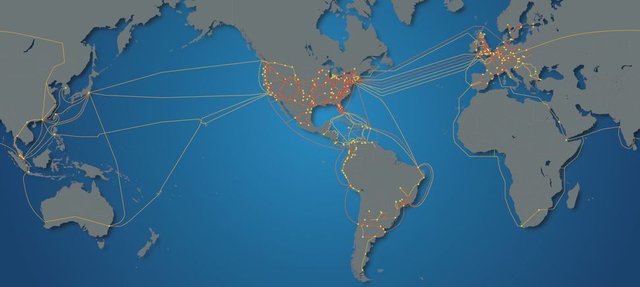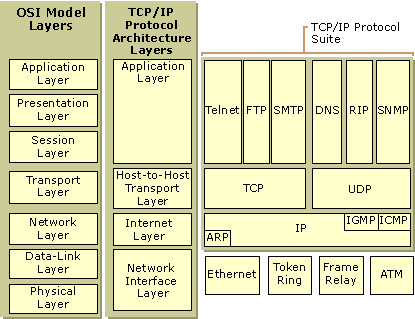The backbone - Who owns the internet?
We all use the internet to access Steemit and share our contents. But what is the internet really made up of that allows us to perform such an extraordinary task.
(Source: here)
In my previous posts, we have seen how computers need protocols in order to communicate with another computer or server. We have also looked at how Steemit needs a static IP address so as everyone on the internet knows its location. We have also analysed the history which made it possible for Steemians to write posts in their native language.
The devices
Today we are going to look a little deeper into how this all fits together to give us the internet at our finger tips. In essence, the internet is made up of many devices that we probably don't have a clue about. When you write a post and click on the submit button, part of the information may go through America, another part through India and a last chunk through South Africa.
(Credit: here)
This is just how global the internet has become nowadays. The device responsible for the routing of information is called a router. In its most basic form, a router choose the path that an information will take in order to reach its destination. It knows how to find paths which are congested or contain dead routers and will avoid those routes. These complex routing calculations are done by the routing protocol.
Always remember that anything that works on the internet follows a set of protocols. Even the blockchain has its own protocol and developers abide to it when designing software. Else the blockchain would not have been able to work on existing devices on the network.
But seriously how many devices are we talking about? In today's era, the devices are in millions! We have switches, routers, hubs, proxy servers, DNS servers, application servers, modems and all the variations of the listed devices. For example, an enhanced router will be a wireless router. We have devices which do both the functions of a switch and a router.
Who owns the internet
The short answer is everyone and no one. A single company can have a Local Area Network (LAN) setup to allow employees to communicate internally. If the company has a few branches over the city, it can set up a Wide Area Network (WAN) for employees across the different offices can communicate. What I have described are private types of internet that can exist.
In order to communicate across countries, we have Internet Service Providers (ISP). One country does not need to have a connection to all the countries in the world. ISPs have installed safe cables under the ocean floor to communicate with another country. An ISP can have many such connections to different parts of the world, connecting 2 ISPs together.
(Credit: here)
If we take the example of Mauritius, we have optical cables under the ocean floor that connects us to India and South Africa. But we are still able to talk to someone in Europe or America. This is possible as India has cables that connect to a part of Europe and that part of Europe has a connection to America.
(Credit: here)
When writing my Steemit post, part of the information travels through India and then Europe to finally reach North America, where the Steemit server is located. The other part of the information travels through South Africa and then to other parts of Africa till if finally reach North America.
As we can see, part of our internet infrastructure is owned by ISPs. The other part is owned by private organisations like Google and Facebook which provides some routers and switches for data to pass through their network. The last part of the internet is owned by users like you and me.
It may not be obvious but the router that the ISP installed at our home is a rented property that we own and pay for on a monthly basis. In this way, everyone is paying for the internet for everyone else on the planet. Without any one of the players, the internet will just crumble and be difficult to be a truly global network.
The layers of the internet
As we can see, there are many devices on the internet and we know that they need protocols to function properly. The internet runs on the TCP/IP model, which is taught as the 7 layers of the Open Systems Interconnection (OSI) model.
The 7 layers of the OSI model is the theoretical view of all the processes that happens when information leaves our computer, gets onto the network and communicate with another server in a remote location or in another country. Below are the 7 layers that exists and we will go deeper into each layer in different posts. The application layer being our browser and the physical link is our cable connected to the modem or a wireless communication device.
(Credit: here)
On the second column of the above diagram is the TCP/IP model, as it is used practically with only 4 layers. The first top 3 layers are being processed by our browser and the last 2 layers by our modem. The last part of the diagram shows the various protocols that are used at the different layers which we will go deeper as we increase our knowledge of the internet! We should also appreciate that at each of the levels are different devices which performs those functions.
Last chance to make a guess for the Steemit Lotto Game by playing on this post: Steemit Lotto Weekly # 8 - Minimum Pot Size 18.5 SBD
Good luck to everyone 😎
Don't forget to check if you are a winner every Sunday at around 19 00 (GMT)
(created by @readallaboutit)







Thanks for educating me about the Internet.
DISCLAIMER: dropahead Curation Team does not necessarily share opinions expressed in this article, but find author's effort and/or contribution deserves better reward and visibility.
to maximize your curation rewards!
with SteemConnect
Do the above and we'll have more STEEM POWER to give YOU bigger rewards next time!
News from dropahead: Bye bye 25+ and 50+! Welcome 20+ 40+ and 60+!
Quality review from the dropahead Curation Team
According to our quality standards(1), your publication has reached an score of 90%.
Well said Gabriel García Marquez: "You learn to write by writing" Keep trying, you will soon achieve excellence!
(1) dropahead Witness' quality standards:
- Graphic relation to the text (Choice of images according to the text)
- Organization and coherence
- Personal sense of the text (Logic, complexity, understanding, what makes it interesting for the reader)
When you mention layers, does that include subterranean highways like the deepweb or darknet?
To go a bit further, it is the protocols used on the darknet which is different. You need the Onion network and the Tor protocol to be able to navigate. But all transactions still goes through routers and servers but the way the path is determined makes it difficult for authorities to trace the transaction back to a specific user.
Really interesting question :)
I always thought it was an entirely different get up. I may have to consider slicing up an onion and putting an antenna on it :P
The internet is complex and before I reply you something which is not true, I will analyse the traffic of my Tor browser and give more details :)
It is the network layers. Even the dark web and everything else works on the TCP/IP layers.
Great ! You have sketched out all the data within few creative lines, nice and also TCP/IP layers, and our ISP providers. Nice work.
Thanks for the great comment and for enjoying the post :)
Its show that hows precisely you share all the information. Great work.
This post has received a 0.39 % upvote from @drotto thanks to: @banjo.